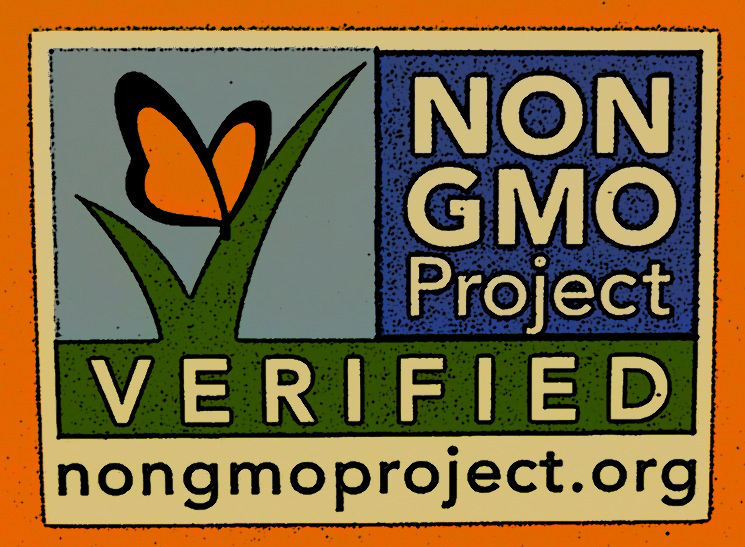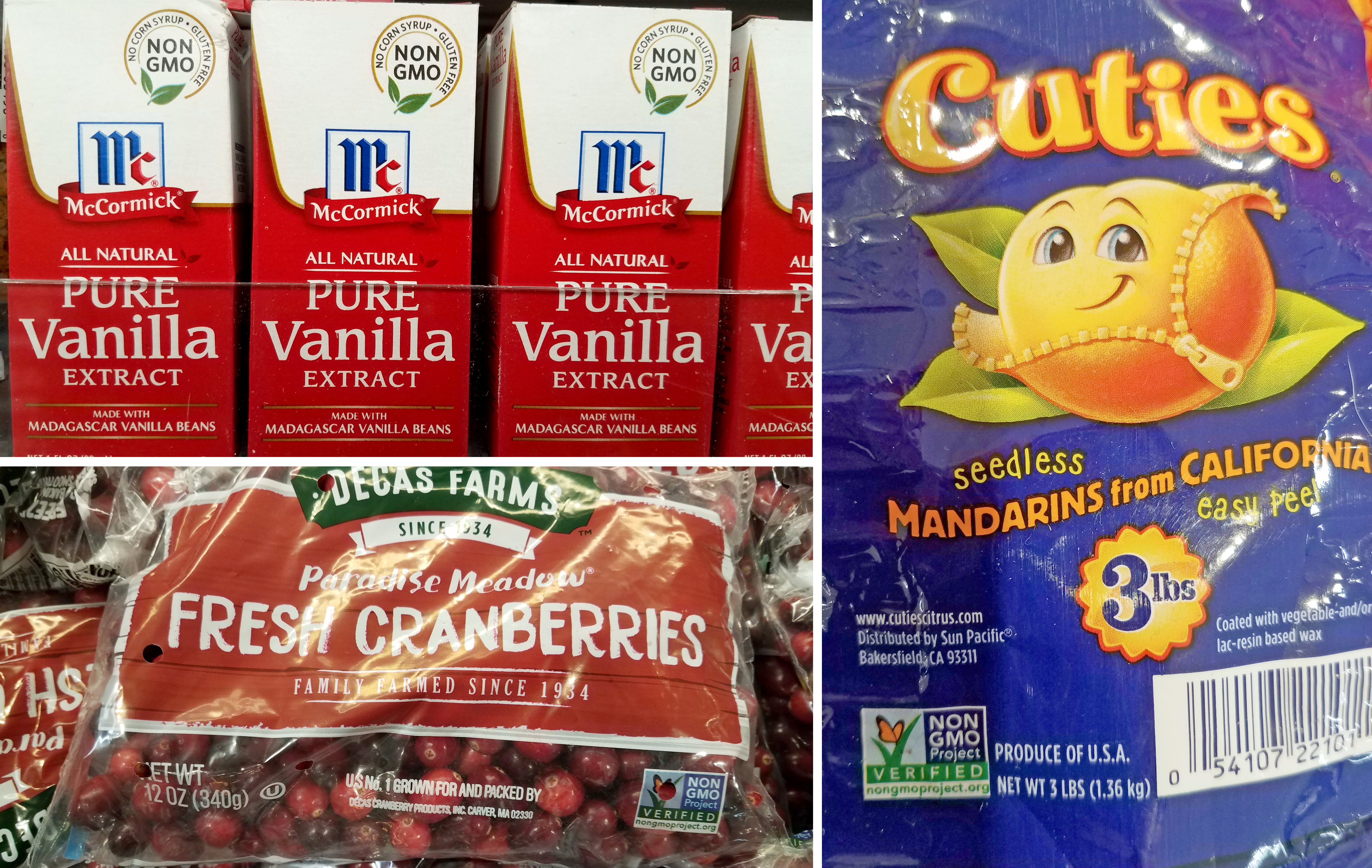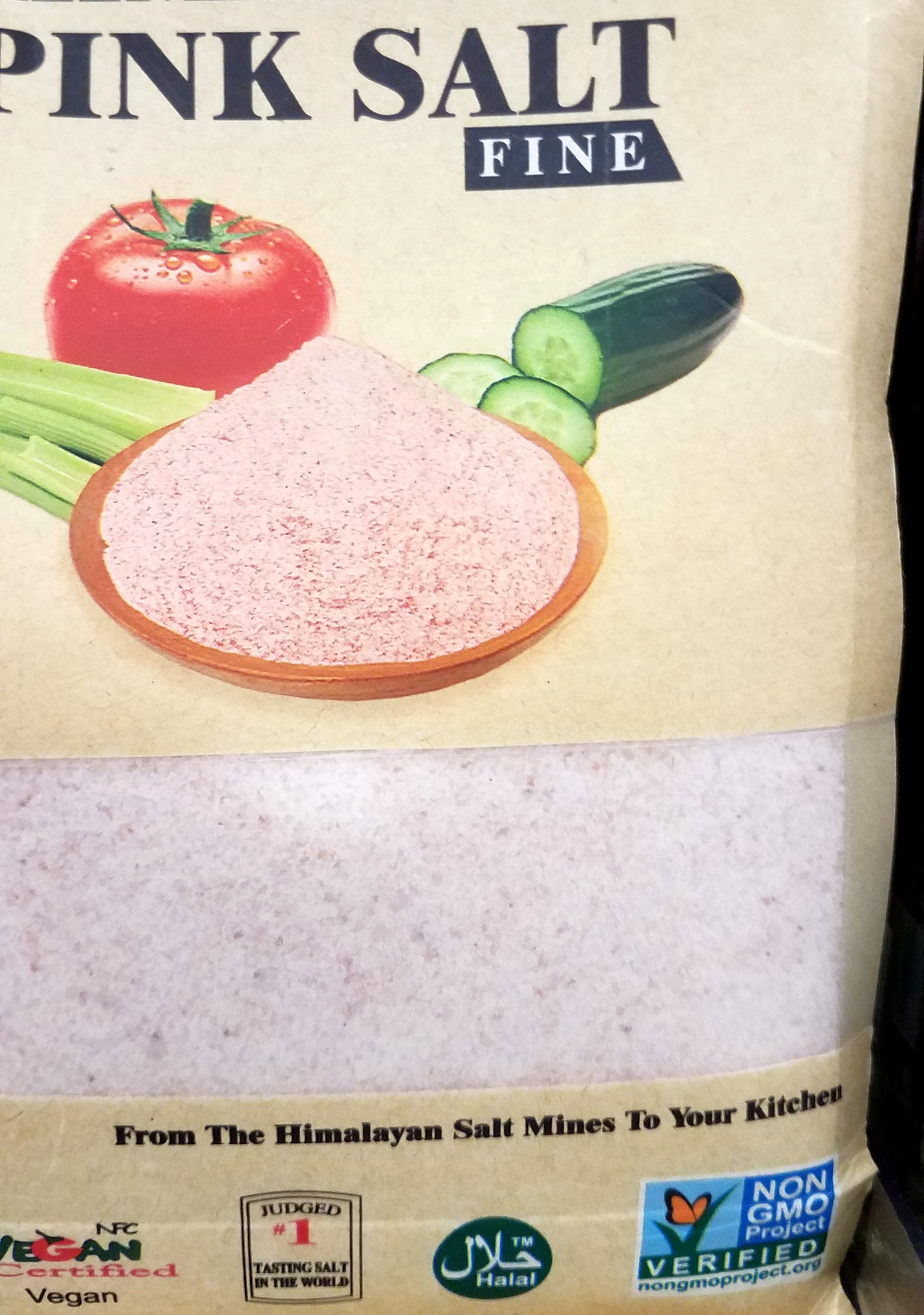New label denoting bioengineered ingredients will soon appear on food items in 2020
Starting in 2020, consumers will start to see labels for genetically modified foods on store shelves.

In this day of ready-to-eat, highly processed food, it is understandable that consumers want to know what is in their food. Food labels require manufacturers to list ingredients (in order of volume, highest to lowest), nutrition, use by date and other aspects. A new label to appear over the next couple of years is the bioengineered label (Photo 1). The law implementing this labeling begins Jan. 1, 2020 and is fully mandated by Jan. 1, 2022. Any product containing genetically modified organism (GMO) products or byproducts must display a label indicating that fact. After Jan. 1, 2022, if the product does not contain this label, it has no GMO ingredients.
This new label will be the most reliable way for consumers to differentiate foods containing GMOs from those that do not. Meanwhile, GMO food labelling can be confusing and misleading.
The following is a list of GMO items currently approved in 2019 for commercial production and sale in the United States:
- AquAdvantage Salmon
- Arctic Apple
- Canola
- Corn
- Cotton
- Eggplant (BARI Bt Begun varieties)
- Papaya (ringspot virus-resistant varieties)
- Pineapple (pink flesh varieties)
- Potato
- Soybean
- Squash (summer)
- Sugarbeet
More items are under development and testing, but not yet approved and released for commercial use. This does not mean all members in that category are genetically modified or bioengineered. In fact, most eggplant, potatoes and summer squash are not bioengineered, but the average consumer does not know that, and bioengineered items cannot be identified based on their appearance. The new bioengineered label should help clear up some confusion.

What consumers most often see now is the Non-GMO Project label (Photo 2). Participating companies pay an annual fee to be part of the program, plus an additional fee for each item that will display the label. This is an optional verification program. The Non-GMO Project currently claims to have 3,000 participating brands and is displayed on over 50,000 items.
An aspect of the Non-GMO Project label that can be confusing is that companies can put the label on whatever they want, even if the product could not possibly contain GMO ingredients. Look again at Photo 2 and think about where you have seen this label. You can find it on products where there currently are no GMO members, such as orange juice, cranberries, mandarins or vanilla extract (Photo 3). You may also see it on products that will never contain GMOs, such as salt (Photo 4). Salt only contains minerals; there is no DNA to modify. It is also on some cat litter.

Why is this label on non-GMO products? It is all about marketing. When people are at the grocery store comparing two products, the additional label is another way to stand out and convince people to put their product in the cart. It may also cause consumers to think items not displaying the label are really GMOs. Therefore, the label can be used more as a marketing tool and not a means of conveying useful information. The new bioengineered label will remove that confusion.

Consumers no doubt will be seeing a growing number of items with the bioengineered label since bioengineered techniques may be a necessary tool in solving future problems. This is an immediate concern for the citrus industry. A disease called citrus greening is currently devastating citrus worldwide and immunity has not been found within any citrus, and therefore may come from another plant species with the trait introduced to citrus using bioengineered techniques.
Also, there are two diseases currently attacking bananas, one a bacterium and the other a fungus. There is no known tolerance to the fungus, so breeders may have to resort to bioengineered techniques. However, the bacterium has been controlled by inserting a gene from pepper through the bioengineered process.
Do not quickly dismiss bioengineered techniques since they may be the only way to save or improve important segments of the agricultural industry.
The phasing in of the new U.S. Department of Agriculture (USDA) bioengineered label has the goal of clearing up confusion on GMOs. Whether it achieves that goal depends on consumers making themselves familiar with what that label means. This knowledge will help them make better decisions, ease shopping stress, and allow them to focus on dietary choices that most improve their health.



 Print
Print Email
Email






